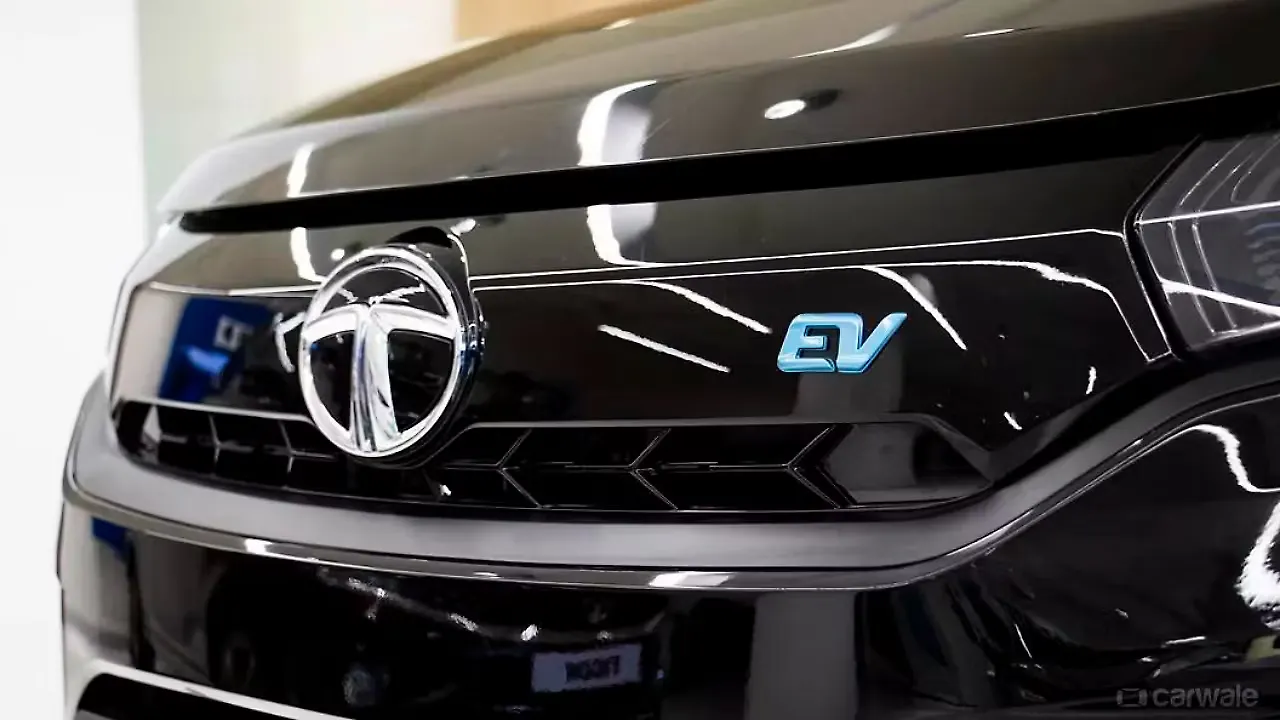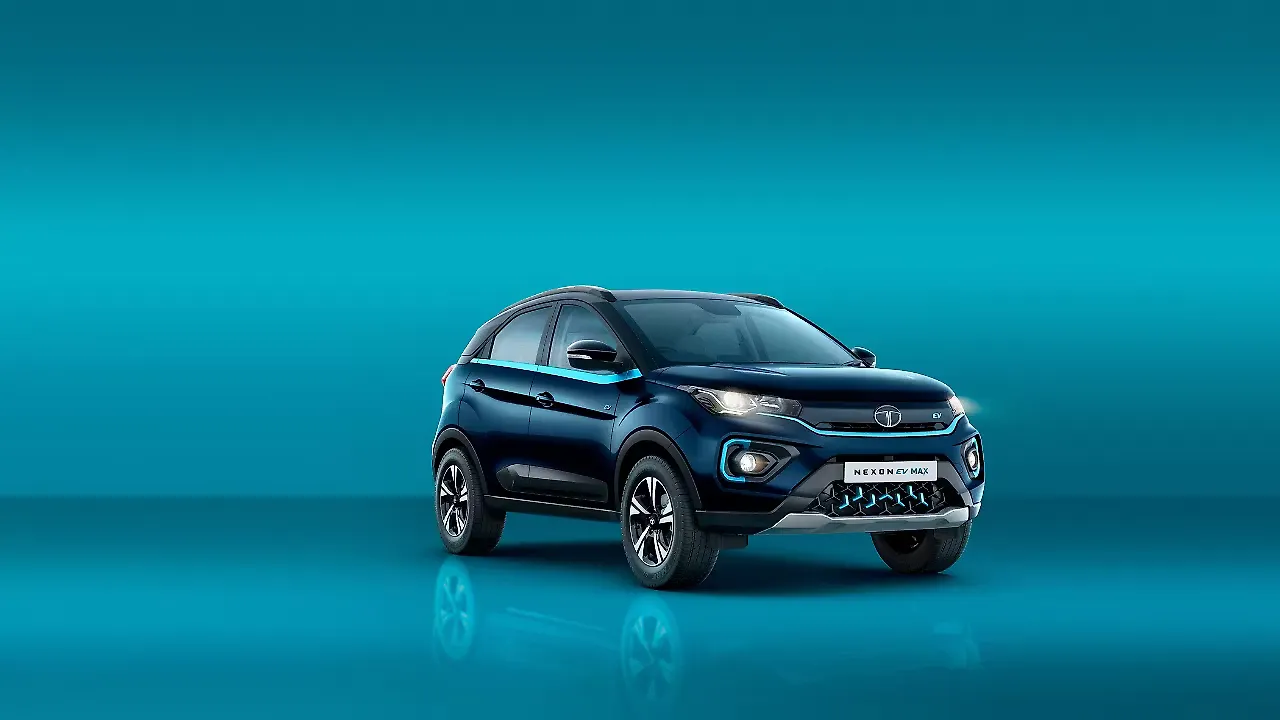
The EV industry in India is at a fairly nascent stage currently. This is especially true for the e4W segment. Although we see a push coming in at the upper end of the market, driven by some German and British brands, the biggest contributor to India’s e4W story is the homegrown automaker, Tata Motors.
At present, the company claims to enjoy a whopping 87% of the EV market share in India with a total of 25,000 EVs delivered to date.
Such is the company’s focus that it has introduced two new EV platforms in the country within a month. On April 6 this year, Tata Motors unveiled its next offering in the EV space, the concept CURVV. Set to go on sale in 2024, the SUV is based on the Generation-2 EV architecture from the company, which is essentially a heavily reworked version of the ALFA platform, and will feature a coupe design language.
With the new platform, the company claimed to have made several improvements to enhance the efficiency of the product over the company’s previous EVs, including using higher capacity batteries that can give the vehicle a claimed range of 400-500 km.
Further, the new platform has also allowed the company to introduce faster AC and DC charging times along with cloud connectivity for OTAs, edge computing and V2L (vehicle-to-load) and V2V (vehicle-to-vehicle) charging.
Additionally, all the products based on the new platform will also benefit from a customisable regen-braking system, which can be completely turned off if needed as well.
Three weeks later, on April 29, 2022, the company introduced its third-gen bespoke skateboard EV platform – the concept AVINYA, which in the production guise is set to hit the market in 2025. The new platform will enable the company flexible design while boasting of next-generation connectivity, advanced driver assistance systems and enhanced performance and efficiency.

The company said that the new platform can deliver a minimum range of 500 km on a single charge along with support for an ultra-fast charge capability.
A few days later, the company launched the Nexon EV Max, marking its third EV launch within a month. The new alteration of the popular EV from the brand boasts of an extended range of an ARAI certified 437 km, along with an increased battery capacity of 40.5 kW Lithium-ion LFP chemistry battery pack.
In addition to the extended range and a bigger battery, the Nexon EV Max also packs in a 7.2 kW AC fast charger along with an option for 50 kW fast charging which can top up the battery from 0-80% in just 56 minutes.
Further, multimode regenerative braking has also been added to the vehicle with options for cruise mode and one-pedal driving.
Aggressive Strategy
Speaking to Mobility Outlook, Vivek B Srivatsa, Head Marketing, Sales and Service Strategy, Tata Passenger Electric Mobility, stated that the idea behind the aggressive launch strategy was to give a clear signal to customers of what the future of EV is going to be. It is important to do so as EV as a segment will not grow unless customers gain confidence about how the future is going to be, he said.
“We thought it's important for customers to both see the medium- and long-term evolution of EVs, and we're talking about actually showcasing working concepts, or showcasing the reality, rather than showing some dreams,” he noted.
Srivatsa said that with the Gen 2 and Gen 3 platform vehicles, the company is targeting a different set of customers altogether.
With the AVINYA, the company is targeting customers who are more wellness-oriented. For them having more screen time is not desirable, hence the concept makes use of voice commands instead of using touch screens for the in-cabin commands.
With the CURVV, the company is targeting younger generation customers. Srivatsa added that the concept based on the second generation platform will suit a customer who believes more in-cabin screen equals a more high-tech car. He added that this can also be targeted to a customer looking for a second car.

Building An Ecosystem
The company’s EV journey for the mass market started with the Tigor EV in 2019. However, the product wasn’t gaining as much traction as the company had intended. Then in 2020, the company launched the Nexon EV based on the facelift version of the compact SUV. The product was a hit immediately as it entered the market.
The reason for its popularity, Srivatsa pointed out, “As a body style, it was very popular, and we were able to package an EV powertrain at a very good price, but also deliver performance and range which is more than acceptable.”
The Nexon EV was developed to introduce EV to the customers of India and played a very crucial role in getting on-board a lot of customers.
With the newly launched concept vehicles, TPEM now aims to further expand the market. The marketing head said that while GEN one gave the customers the confidence, GEN two and GEN three will move in more customers. This will be aided with the additional attributes such as longer range and different body styles and more space offered by the new products, he added.
He believes that the EV products coming out of the company by 2025 will have a common goal, which is to accelerate EV adoption in India. The company’s mission to expand the EV market is further being aided by the Tata UniEVerse. The concept is to use the skills and the proficiencies of Tata Group companies to accelerate EV adoption by supporting the products both on the production side and also on the customer-facing side.
As a part of this, the electric mobility brand is working with Tata Power to rapidly increase the charging network, both quantitatively and qualitatively, Srivatsa stated. To increase the number of chargers qualitatively is to put the chargers in the right place, including the intercity routes and the high traffic city routes, among others, to allow customers to charge within the city.
Interestingly, he noted that at present around 98% of the company’s customers are using home charging solutions for their daily needs.
What’s For ICE Vehicles?
Tata Motors had earlier announced that it would launch 10 new EV products by 2025, including the ones showcased with the CURVV coming in 2024, followed by the AVINYA in 2025. Srivatsa noted that the idea behind launching so many new products in such a short time is to enhance the demand.
He said, “We want to give customers more confidence and try to take care of a lot of customer needs today by enhancing range, both in terms of product range, and range in terms of driving distance, along with other technologies within the EVs whether it is connected tech, regenerative tech and other technologies as well.”

However, despite the strong focus on launching so many EV products, the company still believes that vehicles that run on internal combustion engines are here to stay for a long time. In view of this, the company during the concept CURVV launch had also stated that the production vehicle will first debut with the EV powertrain followed by an ICE powertrain option later.
“We don’t see ICE is going to be downgraded in any way. In terms of the timeline, it is more about our own readiness in terms of product maturity and enhancement,” Srivatsa concluded.